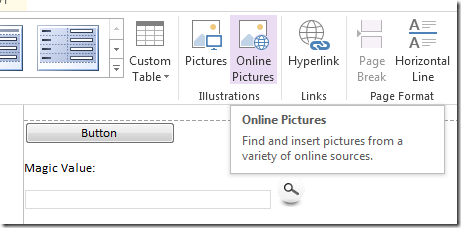XML deserialization - cannot have child contents to be deserialized as an object
/Element MyValue from namespace http://schemas.datacontract.org/2004/07/Services cannot have child contents to be deserialized as an object. Please use XmlNode[] to deserialize this pattern of XML.
I was playing with DataContractSerializer, and getting this strange error when performing de-serialization (turning XML back into an object of type MyClass).
[DataContract]
public class MyClass
{
[DataMember]
public string MyName;
[DataMember]
public object MyValue;
}
The error message actually is pretty clear about what the issue is, but English is a sucky language. Let me highlight what the error message is really saying:
Element MyValue from namespace http://schemas.datacontract.org/2004/07/Services cannot have child contents to be deserialized as an object. Please use XmlNode[] to deserialize this pattern of XML.
Read it again:
Element MyValue cannot be deserialized as an object.
The deserializer was actually talking about the fact that it can't turn <MyValue>1</MyValue> back into an object of the type Object.
If you change your DataContract to
[DataContract]
public class MyClass
{
[DataMember]
public string MyName;
[DataMember]
public string MyValue;
}
Then the deserializer will be happy.







